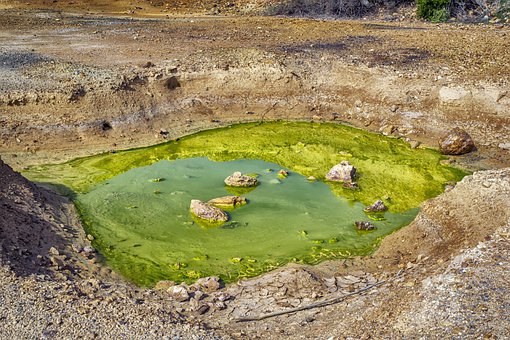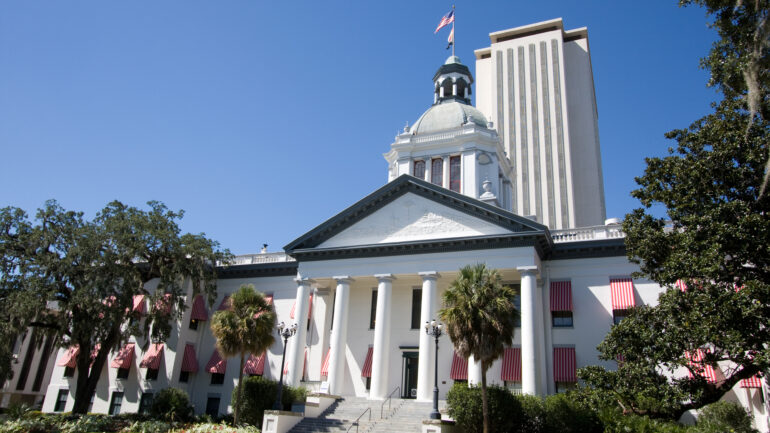By Seren Nurgun, Staff Writer for Save The Water™ | March 7, 2016
In California’s San Joaquin Valley, “roughly 250 miles long and encompassing major cities, up to one in 10 public water systems have raw drinking water with uranium levels that exceed federal and state safety standards, the U.S. Geological Survey has found. More broadly, nearly 2 million people in California’s Central Valley and in the U.S. Midwest live within a half-mile of groundwater containing uranium over the safety standards, University of Nebraska researchers said in a study published in September. Uranium, the stuff of nuclear fuel for power plants and atom bombs, increasingly is showing in drinking water systems in major farming regions of the U.S. West — a naturally occurring but unexpected byproduct of irrigation, of drought, and of the overpumping of natural underground water reserves”
Aside from the fact that this increased Uranium concentration in the water supply is in itself cause for concern, the majority of residents of this particular valley cannot read English. Unaware of a clear danger, residents may continue to drink the supply. The responsibility of communicating this threat to the majority falls upon those few members of the community who can read English and it’s very possible some details may be lost in translation.
The U.S. Environmental Protection Agency Rule on Radionuclides in Drinking Water prescribes a maximum contaminant level for naturally occurring uranium of 30 micrograms per litre. The EPA determines a safe level of 20 micrograms per litre assuming that an adult with a body mass of 70 kilograms drinks 2 litres of water per day and that 80% of exposure to uranium is from water.
Uranium is found in groundwater associated with granitic rocks and other mineral deposits. “Geologists and water experts are still piecing together the ways levels of uranium exceeding federal and state health standards are seeping into more public water systems and household wells in major farm areas”. Scientists familiar with the situation believe it is due to the increase in farming in the state. As snow melts from the nearby Rockies into groundwater at lower elevations, the collected water naturally has high levels of uranium due to chemical leaching from the granitic rocks. This groundwater “allows year-round farming, and the irrigated plants naturally create a weak acid that is leeching more and more uranium from sediment”.
Due to the rising frequency of uranium water contaminations in the Central California area, some public schools have taken a proactive approach and “installed uranium removal facilities in recent years”. However, these systems range “from $65,000 for the smallest system to the millions of dollars” for larger systems. The schools unable to afford such expensive removal facilities “opt to buy bottled water in place of drinking fountains, which are off limits because of uranium and other contaminants”. These schools must either set aside school funds to purchase large amounts of bottled water or apply for state grants to acquire the necessary funds for trucking in drinking water.
Scientists state that this process has taken decades to reach this point and will take at least a decade to eradicate the uranium contamination if officials begin addressing the issue head on. However, most local and state officials are mainly paying attention to the multi-year drought that has occurred all over the state of California, affecting agriculture, drinking water availability, and daily life. Because of this, little resources and attention are being given to the crisis in the San Joaquin Valley, leaving residents there to either purchase bottled water or continue to risk their health by drinking and using uranium contaminated water.
References
Fawell, John, and Mark Nieuwenhuijsen. “Contaminants in Drinking Water.” British Medical Bulletin 68.1 (2003): 199-208. Web. 26 Jan. 2016.
Knickmeyer, Ellen, and Scott Smith. “Fear at the Tap: Uranium Contaminates Water in the West.” The Big Story. Associated Press, 8 Dec. 2015. Web. 26 Jan. 2016.
Kinze, Michael. Dose Limits and Maximum Concentration Limits (MCL’s) for Radionuclides – Implication on Remediation of Uranium Mining and Milling Facilities in Saxony, Germany. Berlin: Springer, 2002. Print.




